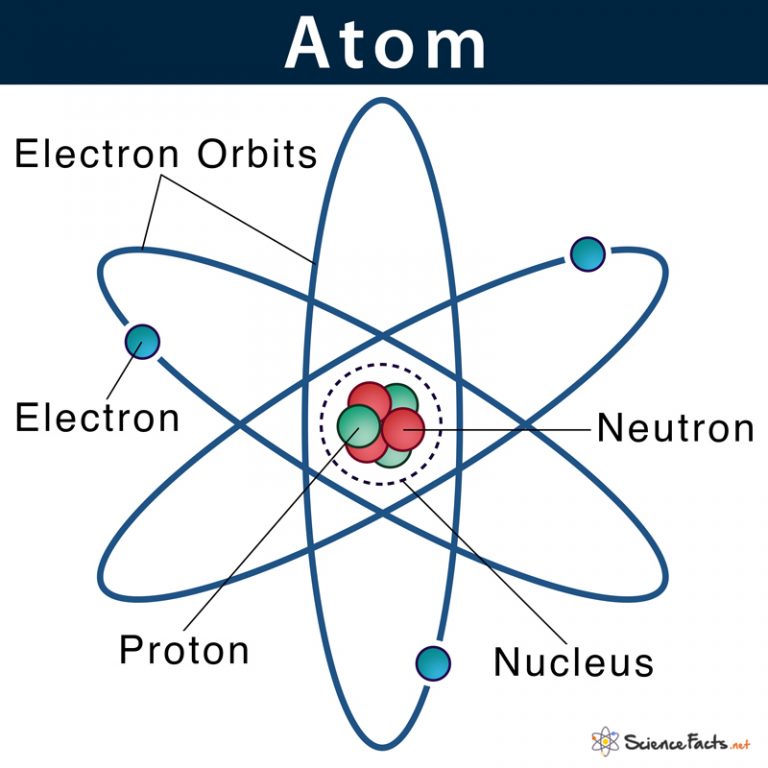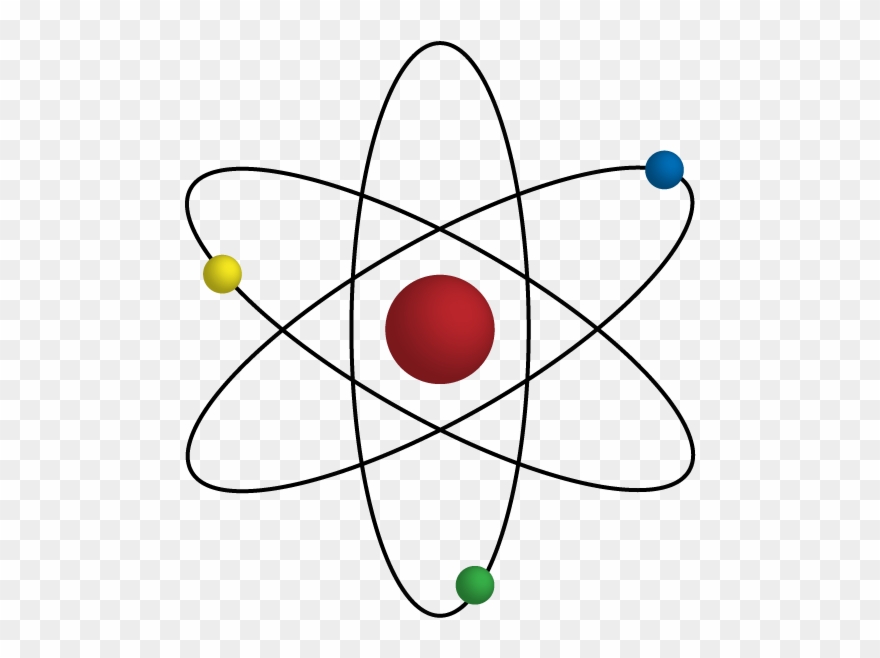

It has required the convergence of precision imaging, new sampling and processing techniques like those that led to Kovarik’s recently feted microscopy inventions, and the emergence of mathematical methods that can effectively explain what the experimentalists are seeing. (Photo by Andrea Starr | Pacific Northwest National Laboratory)Īnswering these basic scientific questions has only become possible within the last few years. Libor Kovarik conducts imaging experiments using a Themis Z scanning transmission electron microscope.

We are looking at how they evolve, move, and transform on surfaces as a function of temperature and time.” “These kind of catalysts are highly sought after for converting biomass into fuels and commodity chemicals. “We are searching for metal–oxide supports with a high density of sites that interact strongly with catalytically active metal atoms,” said Zdenek Dohnálek, a PNNL chemist who studies the detailed structure and function of catalysts. And those investigations require studying them, taking atomic-scale “pictures” of them, and correlating their structure to their activity.
ATOM PICTURE HOW TO
These single atom catalysts are the subject of intense research to figure out how to make them operate on a large scale over a long period of time. For instance, some single atom catalysts show promise for promoting conversion of biomass and waste carbon at room temperature and at significantly lower costs not possible today. These distinctive materials confer useful properties. In recent years, scientists have discovered that certain arrangements of individual atoms supported on a surface, like a cherry on a cupcake, make them special. Sometimes a single atom is better than many When you are trying to see the placement of each individual atom in a new material created in the laboratory, vibrations, temperature fluctuations, and stray electromagnetic rays are the enemy. The stakes are high for these scientists. They are developing new materials and working to improve the efficiency of the chemical transformations that will someday provide renewable energy for our homes and businesses. These scientists are not just after pretty pictures. Power cords and electronic cabling are housed in a sealed chamber isolated from the instruments, and the temperature in each chamber varies less than 0.1 degree Celsius while the instruments are in use.

The new high-performance instrument ation lab provides four isolated cells doubly protected from any external vibrations by separate vibration-dampening foundations and an inlaid vibration-free table to house delicate instruments, including some of the world’s most vibration-sensitive electron microscopes. That’s why scientists and engineers at PNNL worked with the building’s architects to design a space within the new Energy Sciences Center that would be protected from these intrusions. The challenge is eliminating the effects of these essential elements from the laboratory. Scientists working with precision instruments know that power cords and cabling, vibrations from air-handling units and other factors can cause epic imaging fai lures. “If the electrical lines and switches are not wired and shielded in a special way, there is going to be a b ackground magnetic field ,” he said. (Images by Libor Kovarik | Pacific Northwest National Laboratory.) Once the magnetic field was removed, the atomic-level clarity achieved is shown on the right. The transmission electron microscope image of an aluminum alloy on the left was distorted by intrusion of a magnetic field effect. Interdiction Technology and Integration Laboratory.Environmental Molecular Sciences Laboratory.Electricity Infrastructure Operations Center.Atmospheric Radiation Measurement User Facility.Linus Pauling Distinguished Postdoctoral Fellowship.Distinguished Graduate Research Programs.Marine Energy Resource Characterization.Environmental Monitoring for Marine Energy.Hydropower Cybersecurity and Digitalization.Environmental Performance of Hydropower.Grid Integration, Controls, and Architecture.Energy Efficient Technology Integration.Mass Spectrometry-Based Measurement Technologies.


 0 kommentar(er)
0 kommentar(er)
